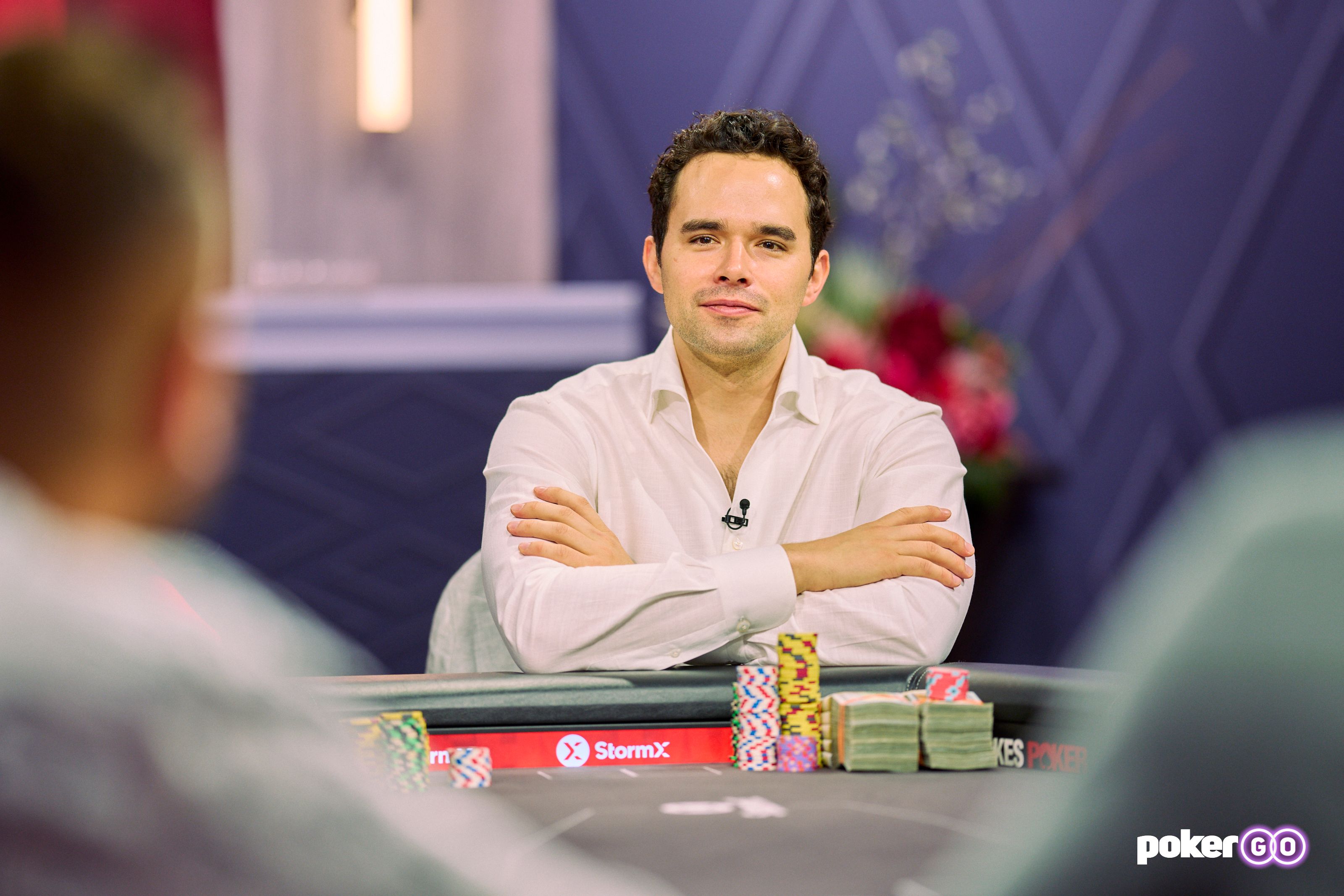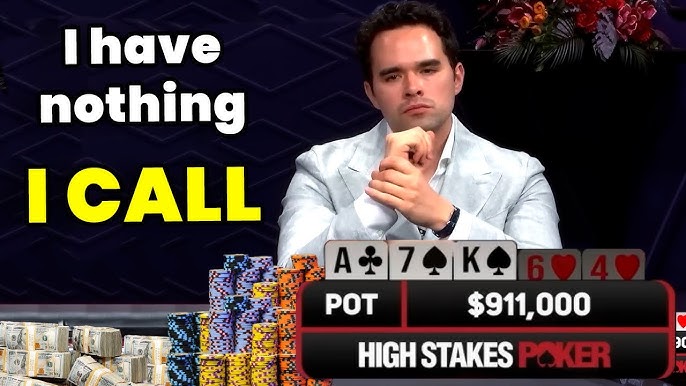February's episode of the popular High Stakes Poker show brought viewers around the world a hand that literally exploded headlines and poker forums around the world. In it, Alan Keating called his opponent's all-in with "only" third pair, and that correct call earned him a pot of nearly a million dollars. Although this call looks shocking at first glance, there is actually some excellent "hand reading" behind it. The following analysis will prove it, and we will take you through the game from start to finish. If you haven't seen this game yet, here is a video:
PREFLOP - It is very important to start with the preflop action, because that is where the initial rank filtering occurs. Steve opens the action on CO with 8 s 6 c, Peter calls on the button with 6 s 3 s, and so does Keating in the big blind with 9 d7 d. It is very unlikely that Peter would just call premium hands like AA,KK, or AK. This fact will later prove to be crucial.
FLOP A cK with7 s - Steve c-bets and Peter raises with a flush draw. The action is now on Keating. Normally, of course, third pair is not strong enough to continue after such an action. However, this is where the hand reading comes into play. What are Peter's potential value hands? As we said both AA,KK and AK would have raises preflop. So 77s, A7s and K7s come into consideration. Since Keating is holding a seven on his hand, there is only one remaining hand that makes Peter's set and that is 7 h7 c. For A7s there is also only one possible combination and that is A h7 h. K7s has two possible combinations K h7 h and K c7 c. This means that Peter's value range is extremely narrow. The next question is, is this player able to make such an action as a bluff often enough? The answer is a absolutely yes. Given the limited number of value hands, the chances of it being a bluff are quite high. Keating therefore decides to raise and Peter calls. This narrows his range to hands that have some equity, especially the aforementioned value hands and flush draw.

TURN 6 h - Keating bets $58k and Peter raises to $175k. The question is whether, Peter would have done this with two pair. Probably not with K7s, even assuming he did with A7s, as we've been told there is only one specific hand of A7s and only one specific hand of 77s. So Peter's value range has narrowed even further. But the question is whether there will be any bluffs. A lot of players in this spot don't have them at all. Keating has obviously given Peter credit for being able to have bluffs here, and given the extremely narrow value rank, he calls.
RIVER 4 h - Peter puts all in for 235k into a 440k pot. Keating needs to be better at least in 26% cases in order for his eventual call to be profitable. The flush draw didn't complete and it is assumed that Peter will be willing to bluff with a busted flush draw. There are significantly more low flush draw combinations than two combinations that Peter could value bet. So if we assume that Peter was able to make at least the occasional turn raise with a flush draw, it is very likely that Keating has more than a 26% chance of winning. Keating calls and wins a pot of almost a million - well played!


